When dehydrating any food, either using a purpose-made dehydrator or a conventional oven we want to target and maintain a certain temperature.
Temperature whether warm or cool is not only a factor in how long it takes a certain food to dry but also in maintaining the safety of the dehydrated food, in the case of meat or poultry or maintaining aroma and flavour in the case of delicate herbs.
Table of Contents
How Temperature Changes In A Dehydrator
Most dehydrators and ovens have temperature settings. You might assume that when you set the dehydrator to a certain setting then this is what the internal temperature will be.
This is not necessarily the case and the only real way to monitor temperature is with a thermometer probe inside the oven or dehydrator.
The first hour or two of drying food is likely to be the most variable for temperature readings because of the moisture levels of the food being dried.
As the moisture on the food begins evaporating, the moist air circulating around the dehydrator absorbs the heat being produced.
As the food dries the air will have less moisture and the temperature will start to reflect the temperature setting more accurately.
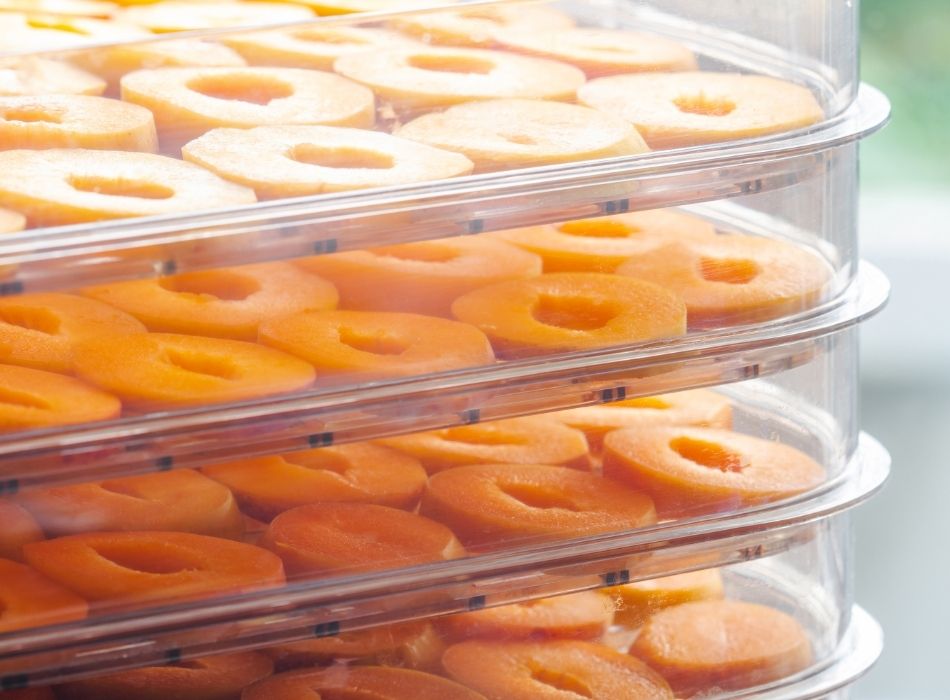
The Importance of Temperature For Dehydrating Food
When you think about drying foods you may come to the conclusion that the warmer the air the quicker that food will dehydrate. This is only partly true.
Airflow is just as important as temperature when it comes to dehydrating food. Foods can be dehydrated in quite cold environments when airflow is sufficient and humidity low.
Temperature is still a very important safety consideration depending on what you are dehydrating, especially in terms of meat, poultry and fish.
Why Drying Meat Requires Higher Temperatures
The possibility of spoilage and bacteria growth is higher when dehydrating meat, poultry and fish.
Heating meat up to a safe temperature will destroy bacteria at the same time as dehydrating the meat.
When making something like jerky we want the meat to heat right through to the centre to 60°C – 63°C / 140°F – 145°F. Doing this quickly will kill any pathogens or bacteria that is in the meat and then the temperature can be reduced for the dehydration when needed.
Poultry can be dried and this needs to be heated to 71°C – 73°C / 160°F – 165°F to remove any pathogens or bacteria.
Why You May Choose Lower Temperatures To Dehydrate Foods
We know that meat and poultry require a higher temperature when being dehydrated but why use a lower temperature?
The simple answer is that to higher heat will in effect cook the food being dried.
Meat & poultry is heated to what would be a safe cooking temperature to kill bacteria that may be harmful. This is not necessary for fruits, vegetables or herbs.
Certain fruits, vegetables and particularly herbs have delicate aromas and flavours that can be lost if dried a too high of a temperature. There are also other reasoning why a lower temperature is used for some vegetables and fruits.
Case Hardening During Drying
Fruits and vegetables can suffer from a problem of drying too quickly on the outside preventing effective drying on the inside.
What is happening is when a high drying temperature is forming a dry outer case around the vegetable preventing moisture from rising to the surface from the inside. Drying gradually and allowing moisture from the centre of the vegetable to rise to the surface and then be evaporated away.
What Are the Most Effective Temperatures For Dehydrating?
I generally like to categorise temperature settings for dehydrating depending on the produce being dried. These would generally fall into the categories of:
- Meat
- Poultry
- Vegetable
- Fruit
- Herbs
Meat & Poultry
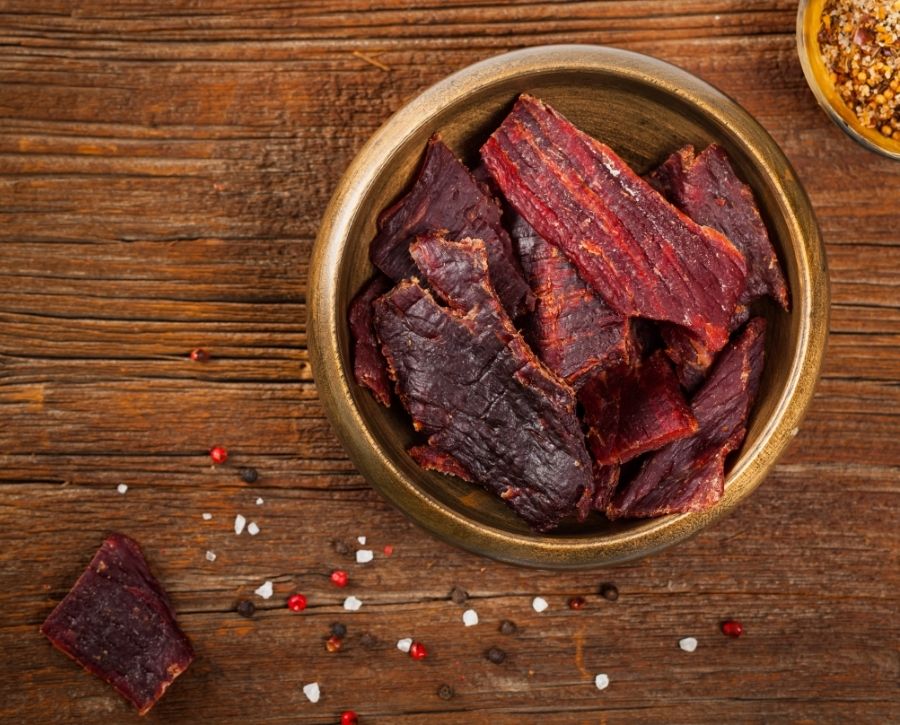
Target temperature: Minimum safe internal temperature
The drying of meat should take into account the minimum safe cooking temperature. A full reference can be found here – https://www.foodsafety.gov/food-safety-charts/safe-minimum-cooking-temperature
Below is a summary of the temperatures required for various meat:
| Food | Type | Internal Temperature (°C / °F) |
| Ground meat and meat mixtures | Beef, pork, veal, lamb | 71 / 160 |
| Turkey, chicken | 74 /165 | |
| Fresh beef, veal, lamb | Steaks, roasts, chops | 63 / 145 |
| Poultry | All Poultry (breasts, whole bird, legs, thighs, wings, ground poultry, giblets, and stuffing) | 74 / 165 |
| Pork | Fresh pork | 63 / 145 |
When it comes to dehydrating meat or poultry, ensure the internal temperature reaches the minimum safe temperature.
Vegetables
Target temperature: 52°C / 125°F
Vegetables tend to be lower in moisture than most fruits so a lower temperature is all that is required.
Dehydrating at a higher temperature can cause “case hardening” where the outside of the vegetable dries too quickly creating a barrier to the inside drying properly
Fruit
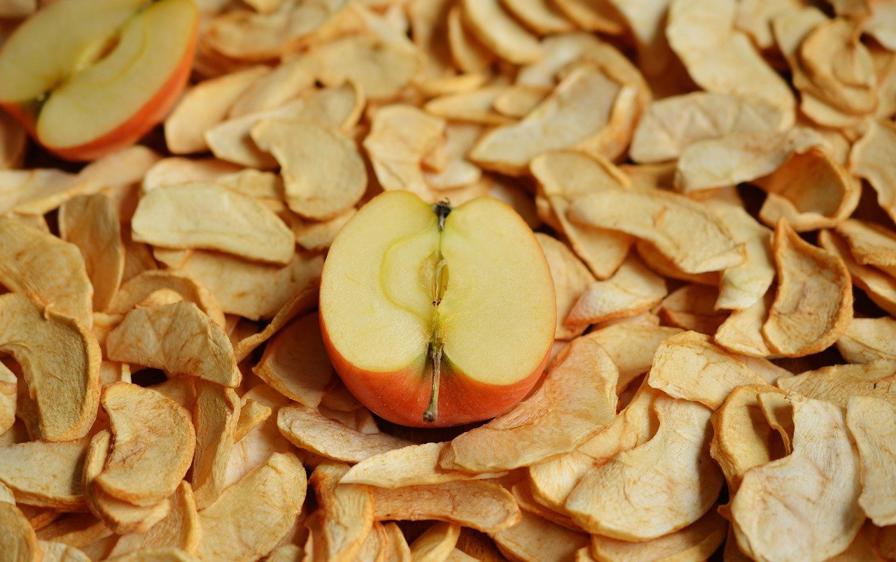
Target Temperature 57°C / 135°F
Many fruits are fairly high in moisture content. A slightly higher temperature than vegetables is required to speed the dehydrating process along whilst retaining as much flavour and aroma as possible.
Herbs
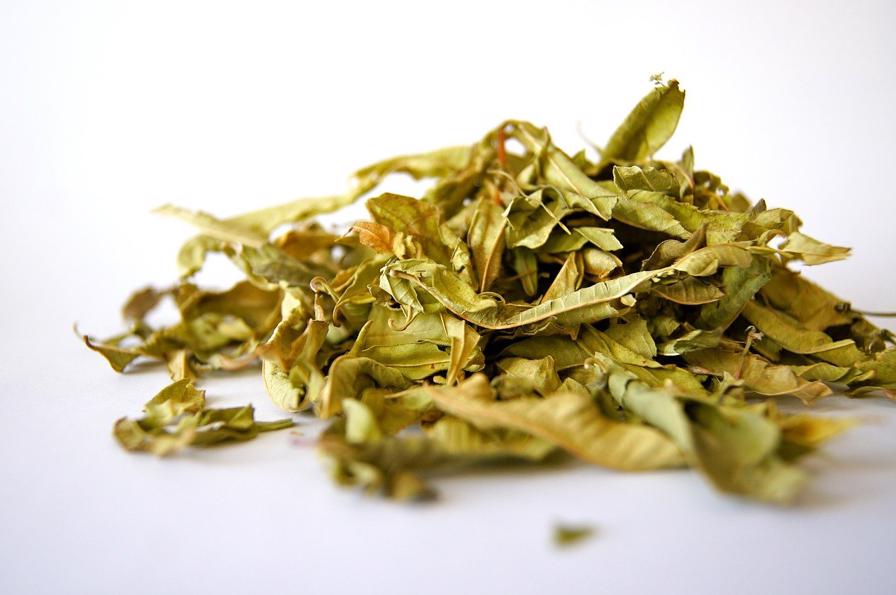
Target temperature 41°C / 105°F
Drying herbs are delicately flavoured and also are typically leaves and smaller surface areas so a low temperature is required to avoid driving off aroma. As moisture content and size is smaller a lower temperature still results in fairly fast dehydration.
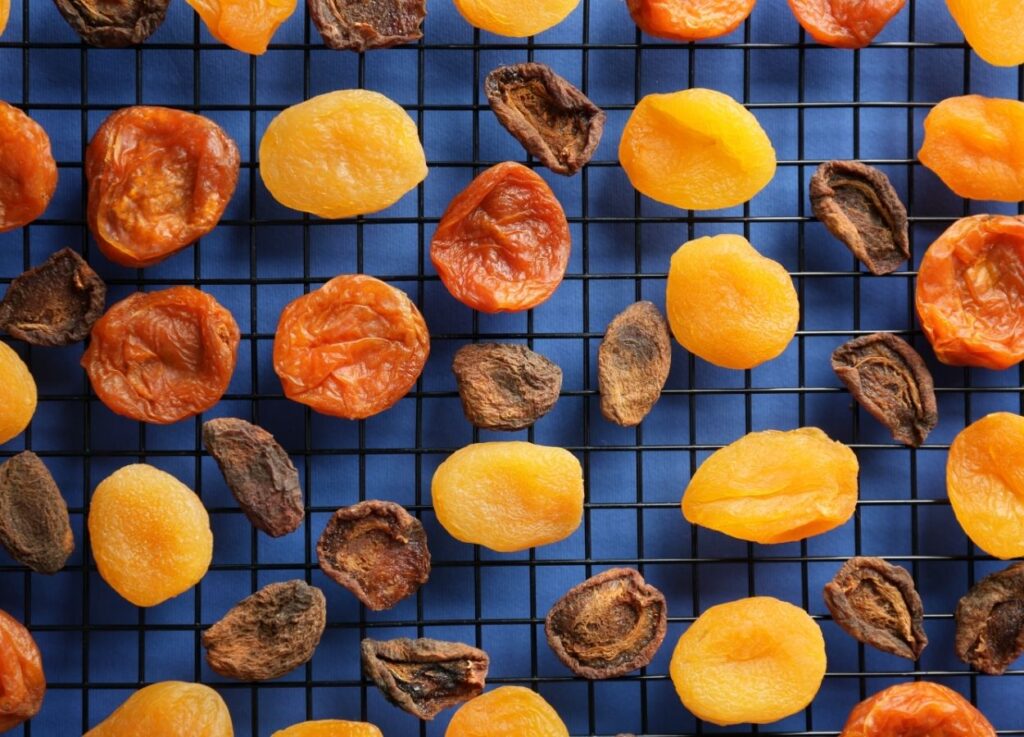

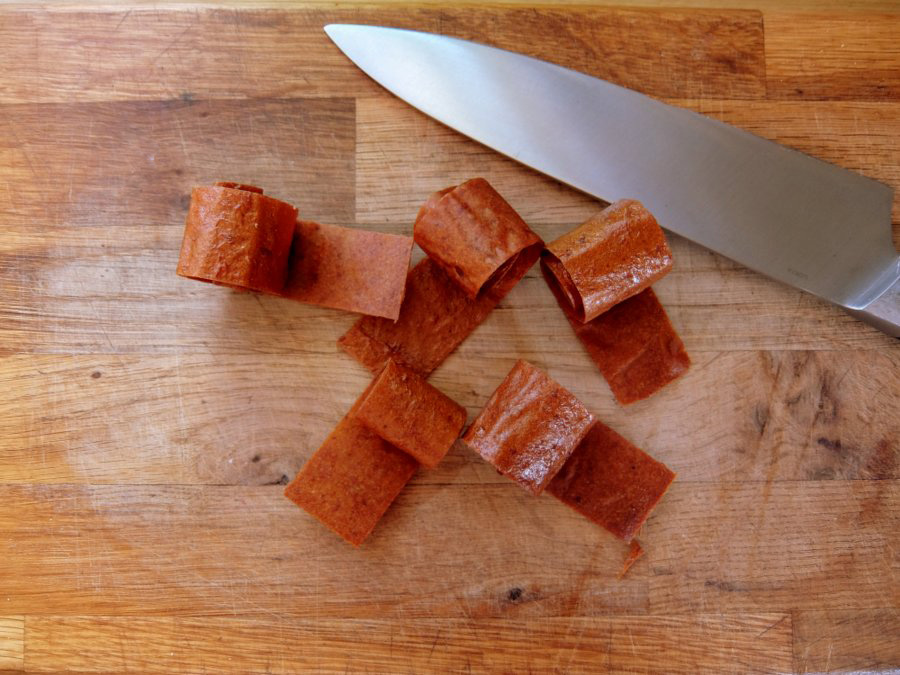
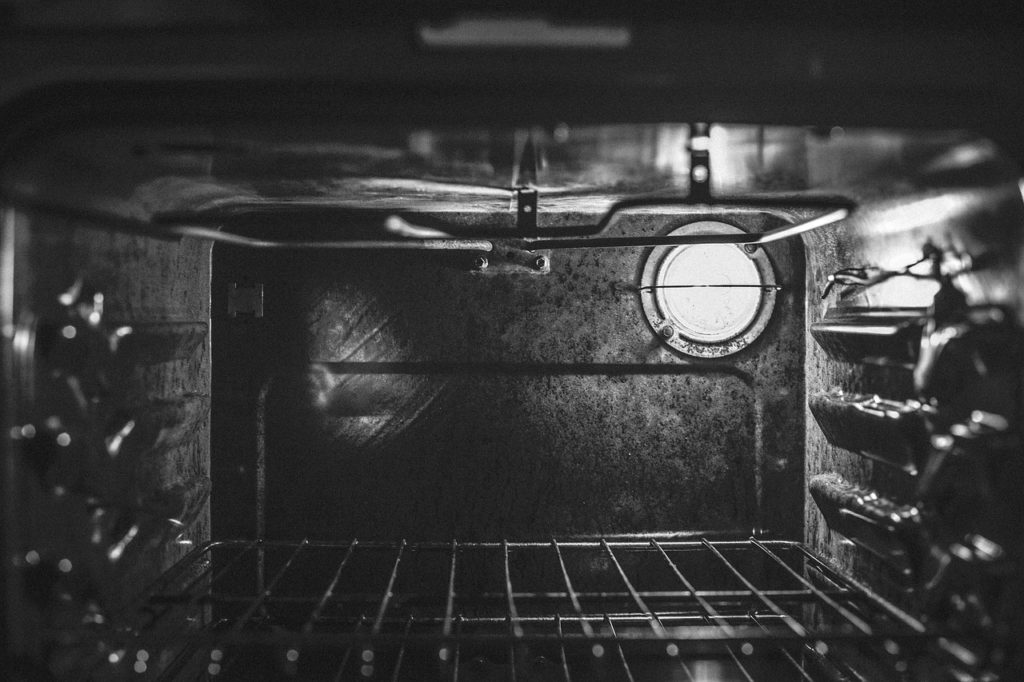
beginner dehydrator here–was dehydrating tomatoes and watermelon when realized that I must have set the timer wrong and the machine shut off prematurely 5 hours into 24 hour drying time. Not sure how long machine off-maybe between 30 min to several hours. When checked it was quite warm inside, probably between 90-100 degrees if I had to guess. I just reset time and allowed it to finish drying. Is it safe to eat? My mistake that I didn’t check the timer better, and one I’ll not repeat. Is there a link or resource somewhere to see how to salvage mistakes such as these? I do not have any people in my area who would know this, so online resources only. Also would bacteria get sucked into fan area–I know the rest of dehydrator can be sanitized and wiped out. I have an excalibur dehydrator.
It is a difficult question to answer and I think you have to make your own decisions as to whether you feel it is safe to eat or not. After 5 hours of drying the outer surfaces of the fruit will have been partially dehydrated inhibiting any bacterial growth. If the machine was only off for a couple of hours I wouldn’t be too worried myself unless it was something like meat jerky I was drying.
Go with your instincts, if it looks or smells strange then err on the side of caution and put it down to experience.
This is very useful. thanks a lot for giving a gr8 explaination.